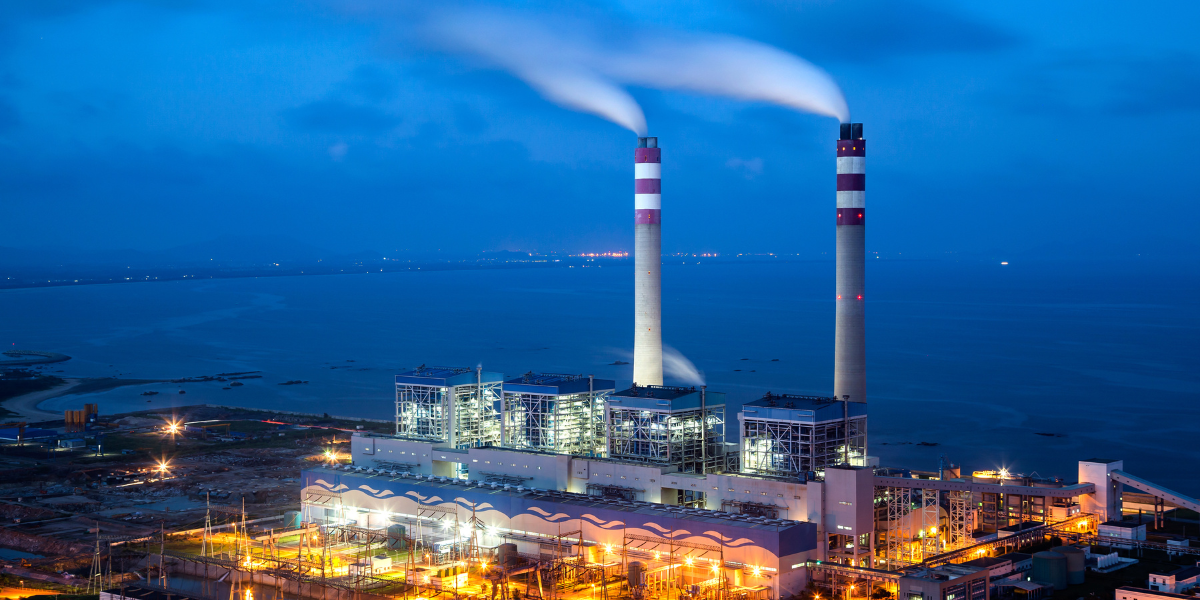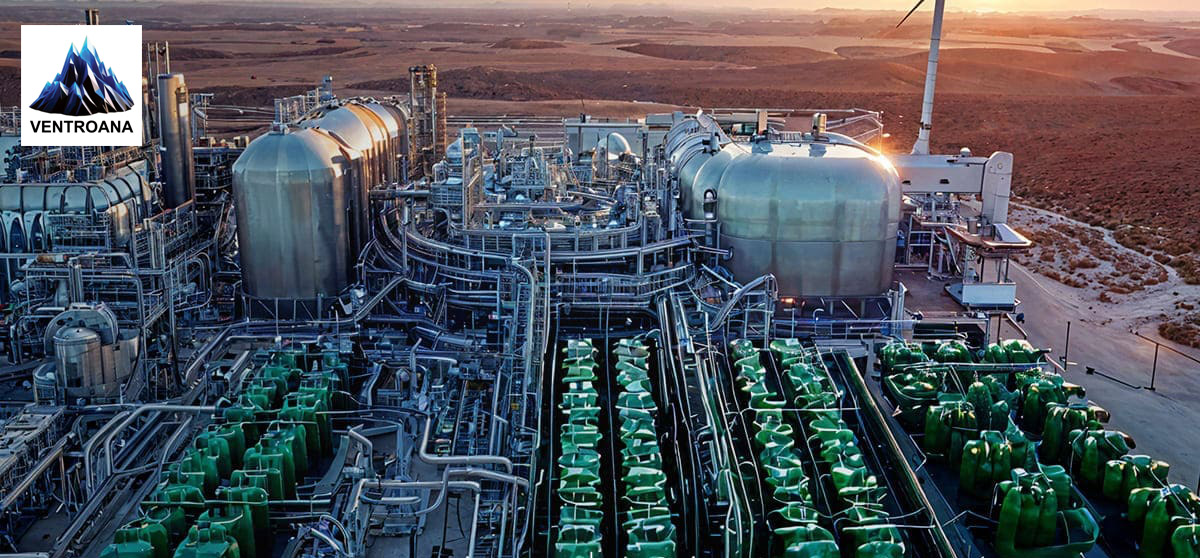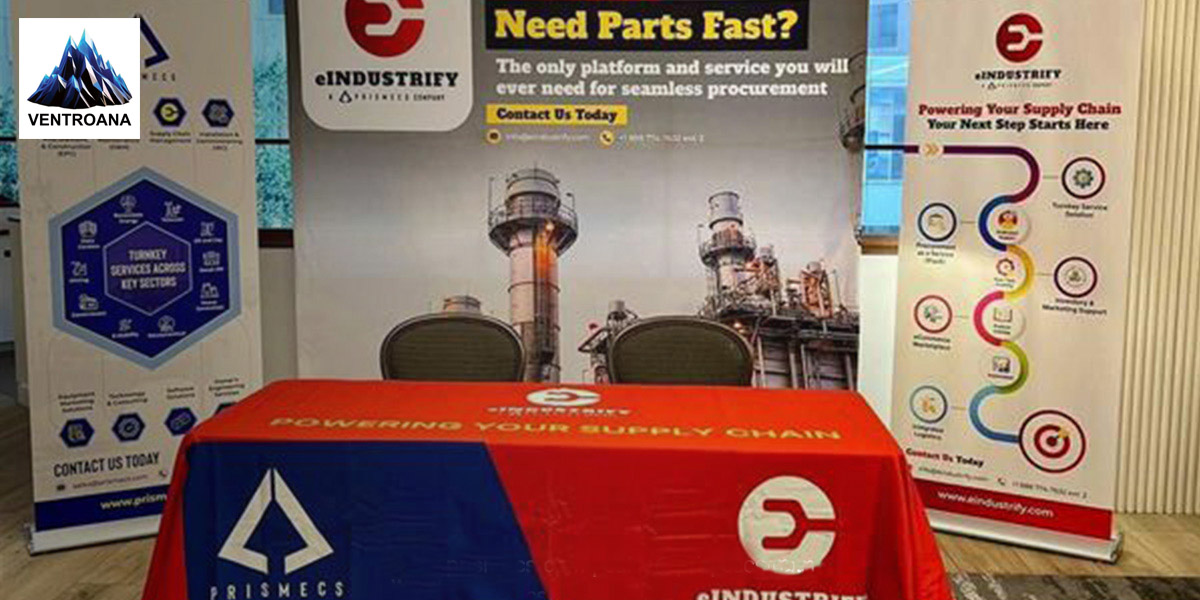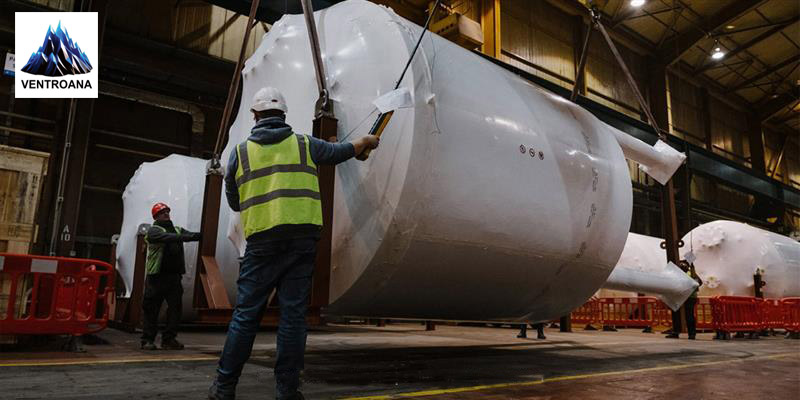Microgrid
February 11, 2024

Power plant engineering goes beyond simply generating power and involves managing and using that power to supply energy. Power plants vary widely in scope but may be as simple as a hydroelectric generator on the side of a river or as complicated as a nuclear fusion reactor. So, there are many different responsibilities within this engineering field. First, however, here are some basics to get you started.
Power plant engineering is a broad term that describes any discipline or specialty related to power plant operations and design. This can include everything from overseeing daily operations to participating in international projects to developing new technologies. Suppose you're interested in power plant engineering.
In that case, it's also essential to understand its relationship with other types of engineering and how it's different from other industries. In some ways, a power plant engineer works similarly to an architect. They design plans and oversee the construction of a power plant for many years.
In simple terms, a power plant is a facility in which electricity is generated. There are many different types of plants, but most can be grouped into three general categories:
The latter two utilize water as their energy source; fossil fuel is used in thermal power generation.
In all cases, electricity-generating equipment converts some fuel into mechanical energy, ultimately creating electrical power.
Plants are generally constructed near an abundant energy source such as a waterfall, windy area, or oil field. When it comes to maintaining or upgrading a power generation system, power plant engineers need to make sure everything stays safe, efficient, and reliable.
An HRSG is a device that captures heat from one system and uses it to produce steam for another purpose. An HRSG works by circulating heat from a process to a chamber, then capturing that heat in water, and turning it into steam, which we can use elsewhere.
This process, known as re-using heat rather than letting it dissipate into surrounding air or water, reduces fuel consumption and costs significantly.
Depending on how much you save in fuel consumption alone (compared to not using an HRSG), an investment in an HRSG can pay for itself within five years. This is why they're shared among power plants and industrial facilities worldwide.
Also known as steam plants, boiler plants generate steam to drive a turbine, which causes an electrical generator. The steam that leaves a boiler at very high pressure and temperature is used to push turbines connected to generators or directly used in industrial processes such as refining crude oil into gasoline.
There are three main types of boilers:
They have several applications and are used primarily in large cities and densely populated areas because of their superior efficiency. Natural gas burns cleaner than most other fossil fuels but can still produce toxic byproducts when burned, such as dioxins.
These are formed when hydrocarbons bind with atmospheric oxygen or nitrogen, so reducing that process reduces poisonous emissions to a negligible level.
They also produce low carbon dioxide levels linked to global warming. Still, new technology in power plant engineering allows them to capture some of it before it leaves the plant and store it away deep underground where it won't do any harm.
In simple terms, nuclear power generation involves three main components: fuel, an environment to use that fuel, and a controlling system. The basic process of generating electricity using a nuclear reaction is this: Uranium atoms are split into two parts by bombardment with neutrons.
This releases heat energy in a controlled environment (the reactor core), turning water into steam. That steam can then turn turbines that generate electricity. Although typically considered safe, they are also controversial due to high costs, environmental concerns, and risks from potentially catastrophic accidents related to them having meltdowns or leaks.
Ventro Analytics specializes in power plant engineering, procurement, and construction management services. We offer turnkey solutions to our clients, which means we provide all of their mechanical & electrical power plant equipment requirements. Whether you need power plant engineering services for your e-commerce business, call us today at 1 888 774 7632!
Ventro Analytics Power Plant Engineering Company also provides off-shore & on-shore fabrication works, vessel installation, and commissioning, as well as power plant engineering and modification services. Ventro Analytics Power Plant Engineering Company has years of experience in performing engineering design and detailed commercial specification studies for a broad range of clients across many industries.
Contact us for premium power plant engineering services!
Tags: Power Plant Engineering Power Plant Design Companies Power Plant Engg Power Plant Engineering Services Power Plant Engineering solutions Power Generation Engineering Power Plant Engineer Power Plant Design What is a Powerplant what's a Power Plant What is a Power Plant Plant in Engineering What is Power in Engineering What is Plant Engineering Power Plant Engineering firms How to Do Power Plant Power Plant How Does it Work Different Power Plants Plant Engineer Power Plant Engineering Consultant

Successful Implementation of Green Hydrogen in Power Plants
Discover how green hydrogen revolutionizes power plants with sustainable energy solutions, reducing ...

Driving Innovation and Resilience: Insights from the 10th Annual Energy Supply C...
Gain insights on driving innovation and resilience at the 10th Energy Supply Chain & Procurement Sum...

Understanding EPC Engineering: Key Concepts Explained
Discover the essentials of EPC Engineering, covering contracts, project phases, and roles of EPC con...